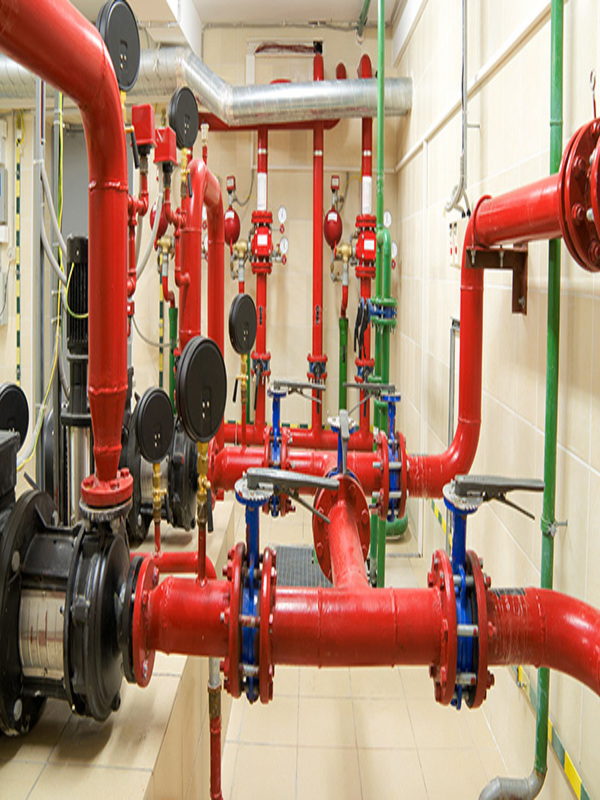System Design
System design for MEPF (Mechanical, Electrical, Plumbing, and Fire Protection) systems involves the detailed planning and integration of various components to ensure efficient and effective operation of the building's infrastructure. Here are the key considerations for system design in MEPF:
1. Mechanical Systems:
HVAC (Heating, Ventilation, and Air Conditioning): Determine heating and cooling requirements, including load calculations, ventilation rates, and temperature control zones. Select appropriate equipment such as boilers, chillers, air handling units, ductwork, and diffusers.
Fire Protection: Design fire suppression and alarm systems, including fire sprinklers, fire pumps, detectors, alarms, and emergency exits. Consider local fire codes and safety standards.
Building Automation: Integrate HVAC controls, energy management systems, and automation technologies to optimize energy usage, comfort, and operational efficiency.
2. Electrical Systems:
Power Distribution: Design electrical distribution systems, including main electrical panels, subpanels, transformers, circuit breakers, and wiring. Calculate load requirements, select appropriate cable sizes, and consider backup power options.
Lighting: Plan lighting layouts, considering energy efficiency, lighting levels, and control systems. Select fixtures, switches, and dimming controls to meet design objectives.
Emergency Power: Determine emergency power needs, including backup generators and uninterruptible power supply (UPS) systems. Identify critical loads and ensure their seamless operation during power outages.
3. Plumbing Systems:
Water Supply: Design water supply systems, considering water source, water storage, pumps, pressure regulation, and distribution piping. Ensure adequate water flow, pressure, and quality.
Sanitary Systems: Design sewage and wastewater systems, including drainpipes, sewage pumps, grease traps, and treatment systems. Consider local plumbing codes and regulations.
Plumbing Fixtures: Specify and locate plumbing fixtures such as sinks, toilets, showers, and faucets to meet user requirements and plumbing codes.
4. Fire Protection Systems:
Fire Suppression: Design fire sprinkler systems, including pipe layout, sprinkler head locations, water supply, pumps, and valves. Comply with relevant fire codes and regulations.
Fire Detection and Alarm: Design fire alarm systems with smoke detectors, heat detectors, alarms, notification devices, and control panels. Ensure proper zoning, signaling, and integration with other fire protection systems.
5. Integration and Coordination:
Ensure coordination between MEPF systems to avoid conflicts and maximize efficiency. Coordinate with architects, structural engineers, and other trades to accommodate system components within the building's design.
Consider accessibility, maintenance requirements, and future expansion or modifications of MEPF systems.
6. Energy Efficiency and Sustainability:
Implement energy-efficient design strategies such as daylighting, efficient equipment selection, insulation, and renewable energy integration.
Incorporate sustainable practices like water conservation, rainwater harvesting, and greywater recycling.
7. Compliance and Standards:
Adhere to local building codes, regulations, and industry standards specific to MEPF systems. This includes codes such as the International Mechanical Code (IMC), National Electrical Code (NEC), International Plumbing Code (IPC), and NFPA standards.

